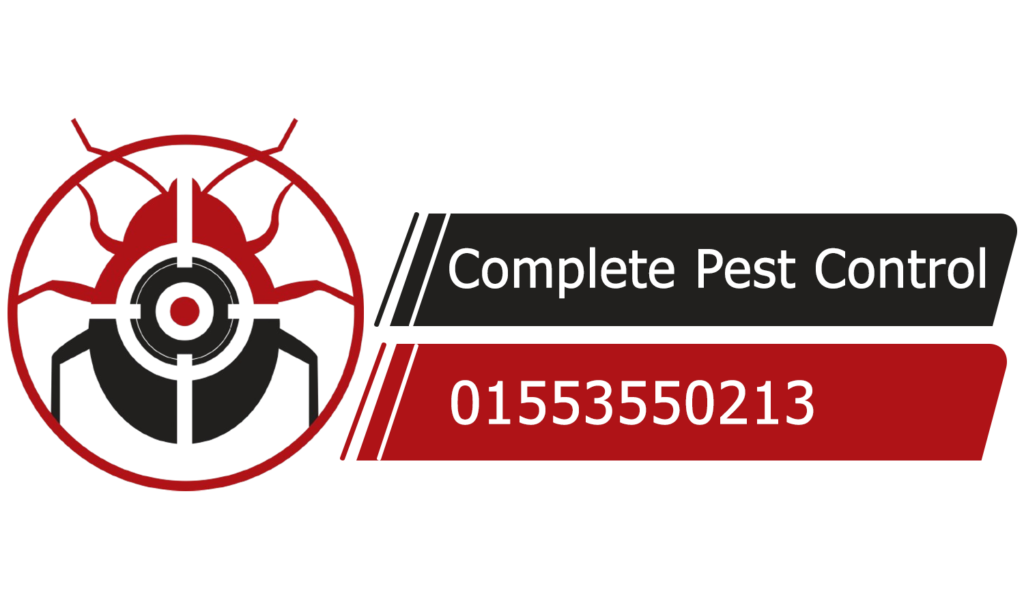Malaria, a disease caused by parasites and transmitted by mosquitoes, remains a leading global health challenge. It affects millions each year, particularly in tropical and subtropical regions, and poses serious risks to health, economic stability, and community well-being. But there’s good news—mosquito control has proven to be one of the most effective ways to reduce the risk of malaria.
This blog explores how targeted mosquito control efforts can dramatically lower malaria transmission. From understanding the basics of malaria to effective mosquito control methods, we’ll discuss how these measures work together to combat this deadly disease.
What is Malaria?
Definition and Causes of Malaria
Malaria is a life-threatening disease caused by parasites in the genus Plasmodium. These parasites are transmitted to humans through the bites of infected mosquitoes, specifically female Anopheles mosquitoes, which serve as the primary vector.
Symptoms and Effects of Malaria
Common symptoms of malaria include:
- Fever
- Chills
- Headaches
- Muscle aches
- Fatigue
Severe cases can lead to complications such as organ failure, anemia, or cerebral malaria, which can result in death without prompt treatment.
The Global Burden of Malaria
According to the World Health Organization (WHO), malaria affects approximately 241 million people annually, with Sub-Saharan Africa bearing the highest burden. Children under five and pregnant women are particularly vulnerable. Combating malaria isn’t just about saving lives—it’s also about reducing the socioeconomic burden that the disease imposes on communities.
How is Malaria Transmitted?
The Role of Mosquitoes in Spreading Malaria
Mosquitoes, especially those in the Anopheles genus, are the primary carriers of malaria. When an infected mosquito bites a human, it transfers the Plasmodium parasite into the bloodstream.
Malaria Transmission Cycle
- An Anopheles mosquito bites an infected person, ingesting the parasite from their blood.
- The parasite develops within the mosquito.
- The infected mosquito bites another person, injecting the parasite and initiating infection.
Understanding this cycle underscores the importance of interrupting it through effective mosquito control strategies.
Why Mosquito Control is Crucial in Reducing Malaria Risk
Mosquito Populations and Malaria Transmission
The number of mosquitoes in an area directly impacts malaria transmission rates. Fewer mosquitoes mean fewer opportunities for the disease to spread.
Reducing Breeding Sites
Mosquitoes breed in stagnant water, making it crucial to eliminate breeding grounds like ponds, discarded tires, and uncovered water containers. Simple environmental management practices can drastically reduce mosquito populations.
Environmental and Population Management
Mosquito control isn’t just about killing mosquitoes—it’s about creating environments that are inhospitable to them. This can involve altering local landscapes, such as improving drainage and promoting the use of screened windows.
Common Mosquito Control Methods
There are multiple methods to control mosquito populations, each targeting a specific stage of their lifecycle.
1. Insecticide-Treated Nets (ITNs)
- ITNs prevent mosquito bites during sleep, which is when Anopheles mosquitoes are most active.
- Research shows that ITNs reduce all-cause child mortality by approximately 20% in malaria-endemic areas.
- Key benefits include long-lasting protection, cost-effectiveness, and ease of use.
2. Indoor Residual Spraying (IRS)
- IRS involves spraying insecticides on interior walls to kill mosquitoes resting indoors.
- It interrupts the malaria transmission cycle by significantly reducing mosquito survival rates indoors.
- While effective, challenges include high costs and the potential for insecticide resistance.
3. Larval Control
- Addressing mosquitoes in their larval stage prevents them from maturing into adults.
- Larvicides (chemical treatments targeting larvae) and biological methods (such as introducing fish to consume larvae) are particularly effective in stagnant water.
4. Mosquito Traps and Repellents
- Mosquito traps attract and capture mosquitoes, reducing their numbers in high-risk areas.
- Repellents create barriers that keep mosquitoes from biting, particularly useful in outdoor settings.
Why Integrated Mosquito Control is Most Effective
Combining Control Methods
When mosquito control methods are combined, they address different stages of the mosquito lifecycle and ensure broader coverage.
Integrated Vector Management (IVM)
This approach aligns mosquito control with environmental sustainability and public health goals, making it more effective in the long term.
Challenges in Mosquito Control and Malaria Prevention
- Insecticide Resistance: Continuous use of insecticides can lead to resistance among mosquito populations, diminishing the effectiveness of IRS and ITNs.
- Limited Resources: Many malaria-endemic regions struggle with limited funding for control initiatives.
- Climate Change: Rising temperatures and changing ecosystems create ideal conditions for mosquito proliferation, complicating control efforts.
Global Initiatives in Malaria Control
International agencies, governments, and community organizations are working together to combat malaria:
- WHO Programs: Initiatives like the Global Malaria Program aim to reduce malaria transmission on a global scale.
- Local Government Efforts: Community education and resource allocation foster more sustainable mosquito control.
Success Stories in Malaria Reduction
Examples of Impact
- Zanzibar, Tanzania successfully reduced malaria prevalence from 40% in the early 2000s to below 1% through IRS, ITNs, and community outreach.
- Sri Lanka was certified malaria-free in 2016 after decades of focused mosquito control efforts.
These successes highlight the importance of sustained mosquito control programs.
Take Action Against Malaria
Mosquito control saves lives and improves communities. While malaria is a huge challenge, every effort—no matter how small—counts. By eliminating breeding sites, using ITNs, and supporting global malaria programs, we can make a significant impact.
Don’t wait. Take charge of mosquito control measures in your area and help reduce the risk of malaria in your community.







